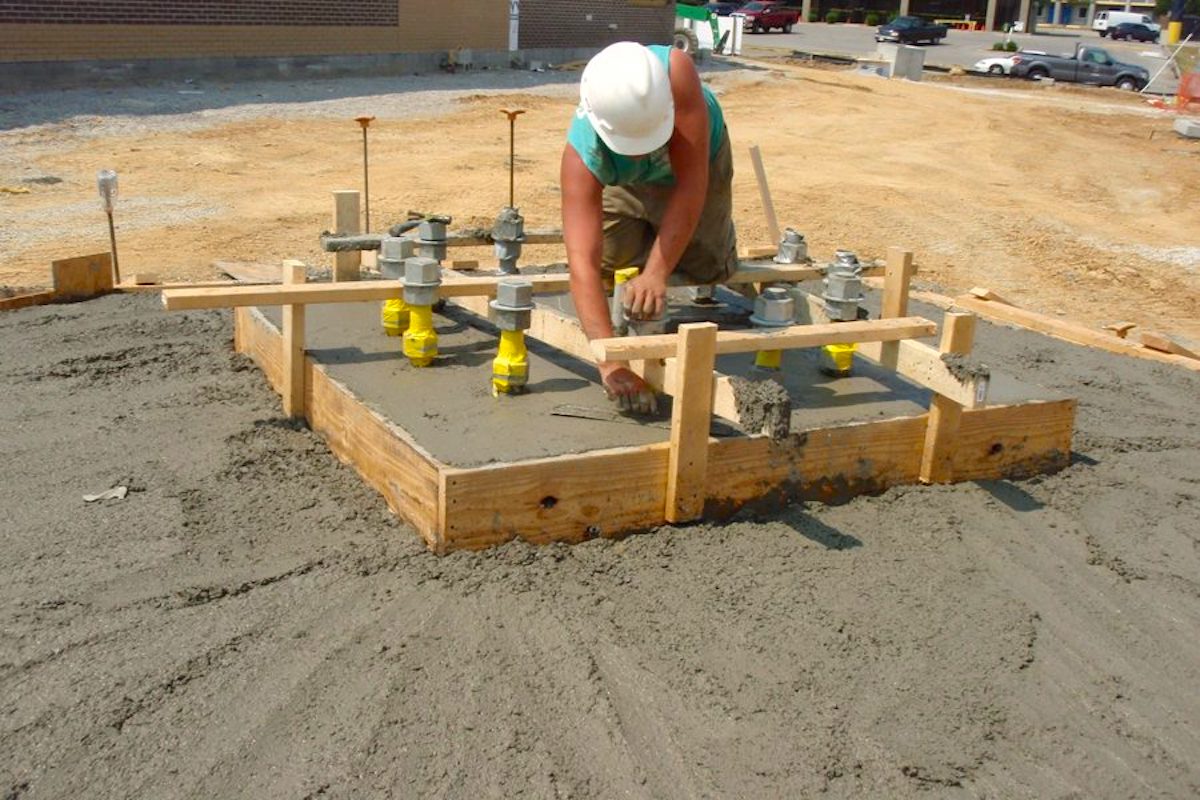When we think of signage, our minds often leap to the visual appeal and the message conveyed. Whether it’s a towering billboard along a busy highway or a simple yard sign announcing a garage sale, the effectiveness of these signs relies not just on design, but on a crucial yet often overlooked component: the foundation. In this blog post, we’ll delve into the importance of sign foundations, their types, and best practices for ensuring your signs remain sturdy and effective.

The Importance of Sign Foundations
The foundation of a sign is critical for several reasons:
- Stability and Safety: A well-constructed foundation ensures that the sign remains upright and stable, even in adverse weather conditions. This is particularly important for larger signs which are susceptible to wind loads.
- Longevity: Proper foundations protect signs from shifting, leaning, or collapsing over time. This longevity ensures that the investment in signage remains cost-effective.
- Regulatory Compliance: Many municipalities have regulations regarding the installation of signs, including requirements for foundations to ensure public safety.

Types of Sign Foundations
Depending on the size and type of sign, various foundation types can be used:
- Concrete Footings: These are the most common type for larger signs such as billboards and monument signs. They involve pouring concrete into a pre-dug hole to create a stable base. The size of the footing depends on the sign’s dimensions and the soil conditions.
- Ground Screws: Ideal for medium-sized signs and in situations where minimal disruption to the landscape is desired. Ground screws are large, threaded rods that are driven into the ground, providing stability without the need for extensive excavation.
- Auger Anchors: These are similar to ground screws but are typically used for temporary signs or in softer soil conditions. Auger anchors screw into the ground and can be easily removed when needed.
- Ballasted Bases: Often used for portable or temporary signs, ballasted bases rely on heavy weights, such as sandbags or concrete blocks, to keep the sign stable. This method is useful for events or temporary installations where permanent foundations are impractical.

Best Practices for Sign Foundations
To ensure that your sign remains stable and effective, follow these best practices:
- Site Assessment: Before installation, conduct a thorough site assessment. This includes understanding soil conditions, local climate, and any underground utilities that might affect the installation.
- Proper Sizing: The foundation must be appropriately sized for the sign. This involves calculations based on the sign’s dimensions, weight, and the expected wind load.
- Quality Materials: Use high-quality materials for both the sign and the foundation. This ensures durability and reduces the need for frequent maintenance.
- Professional Installation: While DIY projects can be tempting, professional installation is recommended for larger signs. Experts will ensure that the foundation meets all safety standards and local regulations.
- Regular Inspections: Periodic inspections and maintenance can catch potential issues early. Look for signs of shifting, cracks in the foundation, or any leaning of the sign structure.
Conclusion
The foundation of a sign is much more than just a support structure; it’s the backbone that ensures stability, safety, and longevity. By understanding the types of foundations and adhering to best practices, you can ensure that your signage not only looks great but also stands the test of time. Next time you see a sign standing tall against the elements, take a moment to appreciate the solid groundwork that keeps it in place. After all, it’s the foundation that holds the message high.
